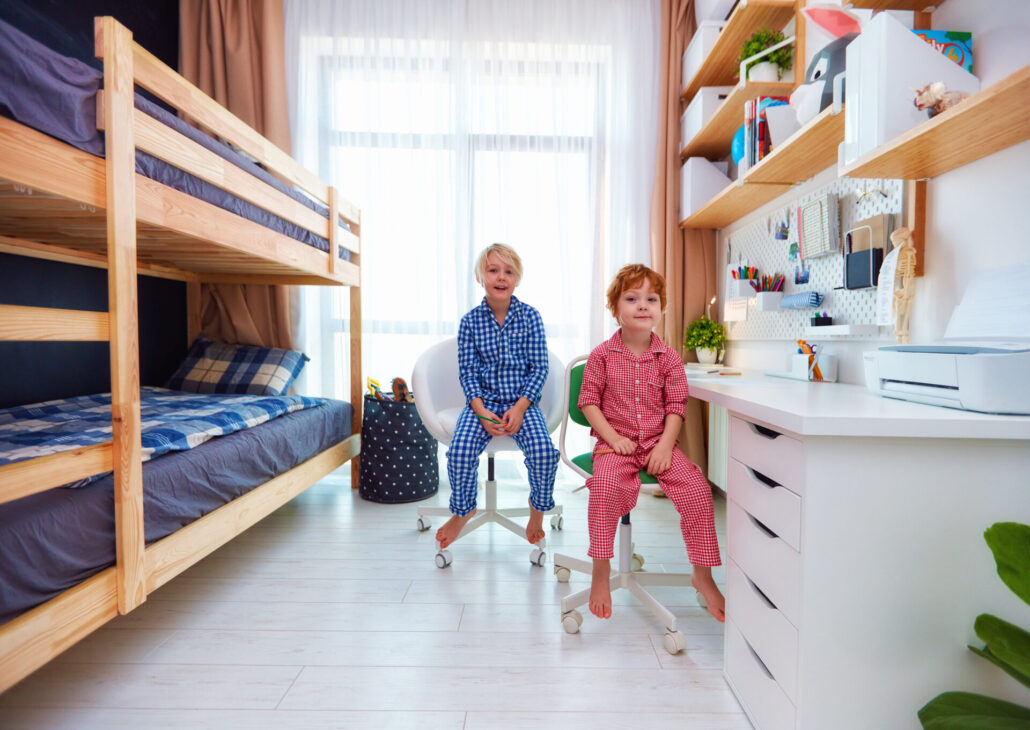Every foster parent has to figure out where everyone will be sleeping in their foster home. The answer to that question depends on the regulations in your state, and your foster family’s individual needs. Here are answers to some frequently asked questions about foster children sharing bedrooms.

How can you decide if it’s okay for your foster children to share a bedroom?
Your fostering agency can keep you up to date on the requirements in your state for how many bedrooms and beds you’ll need. Beyond that, it’s a matter of what works for your foster home. For example, young children of the same gender who get along well and are close in age may even enjoy the extra time together. At the same time, many children will benefit from more privacy when they reach puberty.
What can you do to make sharing a bedroom easier?
It’s usually best to provide some private space for each child. Furniture like bunk beds and screens can help with creating separate zones even in a limited space. Noise canceling headphones are another useful device for roommates who are trying to enjoy their own activities without disturbing each other. Overall, you can prevent a lot of issues by discussing house rules at the start for noise, chores, conflict resolution, and other concerns.
How is this going to affect your foster child’s sleep?
Another big concern is whether your foster children will keep each other up at night when sharing bedrooms. If possible, it may be best to resolve any sleep issues before they move in together. The good news is that everyone may actually sleep better, especially if they have the same bedtimes, and feel more comfortable having a little companionship.
If you’ve been wondering what it would be like to become a foster parent, contact us at TFI Oklahoma. We’re a licensed nonprofit Child Placing Agency that provides training and other resources to help foster families thrive.

